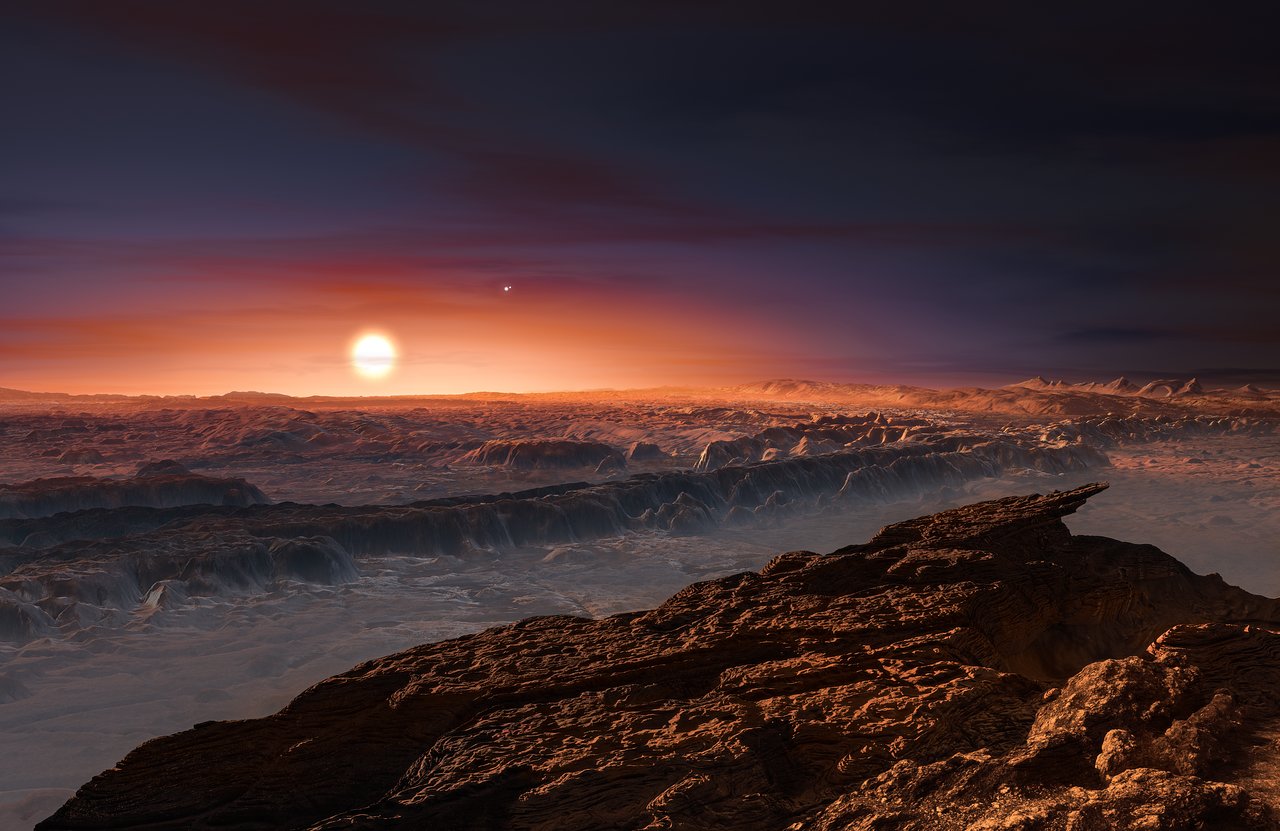In May of 1999, the Berkeley SETI Research Center launched a citizen-science program that would make the Search for Extra-Terrestrial Intelligence (SETI) open to the public. The brainchild of computer scientist David Gedye, this program would rely on large numbers of internet-connected computers to sort through the volumes of data collected by institutions participating in SETI efforts.
The program was appropriately named SETI@home and would rely on the computers of volunteers to process radio signals for signs of transmissions. And after twenty years, the program recently announced that it has gone into hibernation. The reason, they claim, is that the program’s network has become too big for its own britches and the scientists behind it need time to process and share all the results they’ve obtained so far.
Continue reading “Seti@home is on Pause. Unfortunately, it’s not Because They’ve Discovered Aliens”









